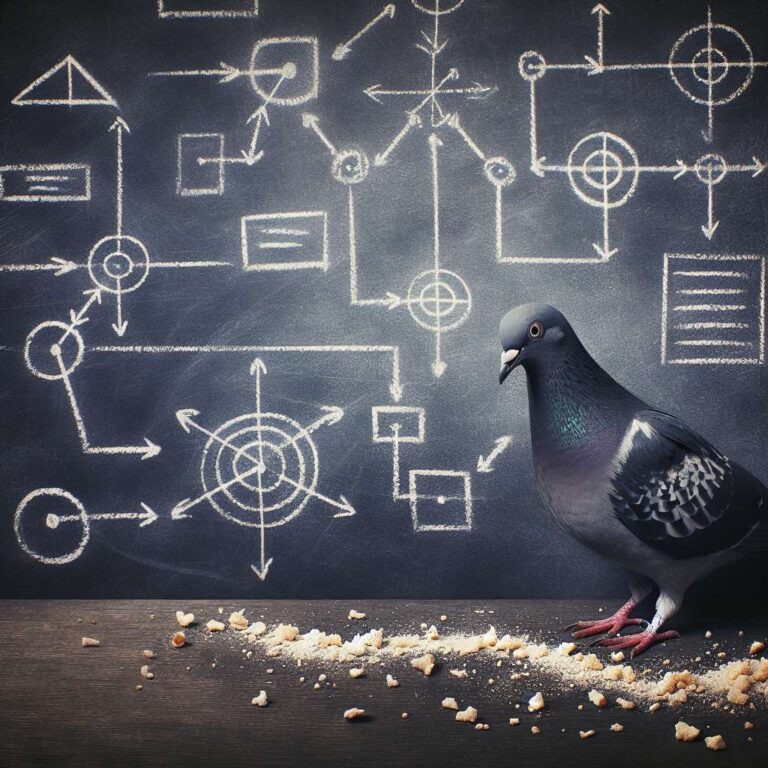In 1943 B.F. Skinner ran a secret wartime experiment that sounds like science fiction: he trained ordinary pigeons to peck at targets and envisioned them guiding missiles. The military never adopted his kamikaze idea, but Skinner´s work did more than amuse the press. It crystallized a behaviorist view in which trial and error, reward and punishment, shape actions. That simple mechanism, called operant conditioning, later fed a surprising lineage into computing.
Computer scientists Richard Sutton and Andrew Barto translated animal-learning ideas into a formal method called reinforcement learning. Their work, culminating in a definitive 1998 book and recognized with the 2024 Turing Award, treats learning as search plus memory. Modern systems trained with this approach, from DeepMind´s AlphaGo Zero to commercial models refined by human feedback, have achieved superhuman performance on complex tasks. Sutton calls it a ´bitter lesson´: humanlike reasoning was a poor template, while pigeonlike associative rules scaled with compute to produce powerful behavior.
The revival of associative thinking has rippled back into biology. Researchers such as Johan Lind and Ed Wasserman challenge the dismissal of simple learning as too crude to explain complex animal behavior. Wasserman´s pigeons learned to categorize images and even detect disease in medical scans at levels comparable to experienced clinicians. Lind argues that many behaviors attributed to high-level cognition could emerge from chained associations and experience rather than innate cognitive modules.
Debate continues about what these parallels mean. Some computer scientists warn against anthropomorphizing models and their ´reasoning´ claims. Ethicists and psychologists insist that organisms deserve moral consideration because they feel, something current models do not. Yet the pragmatic outcome is clear: the associative engine discovered in pigeons and formalized by behaviorists and computer scientists sits at the heart of many breakthroughs now labeled as artificial intelligence. The pigeon, it turns out, is both a laboratory subject and an unexpected muse for the machines we build.

